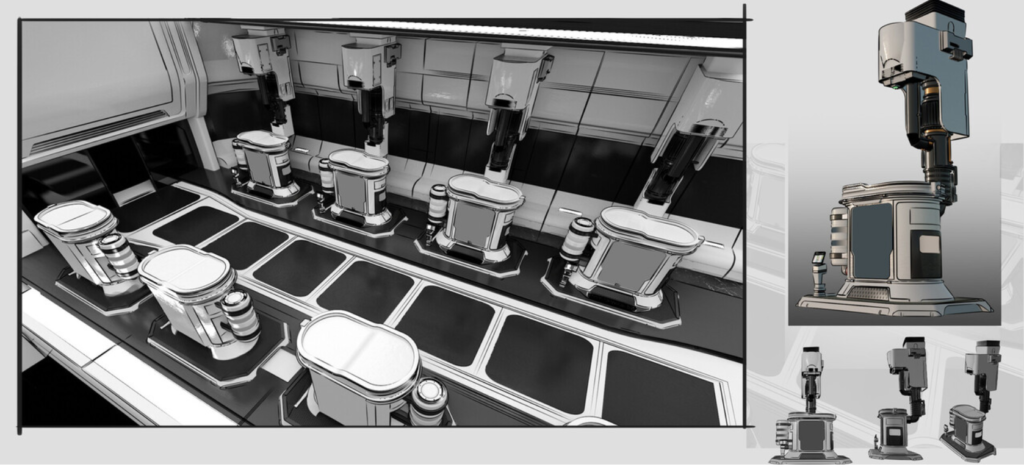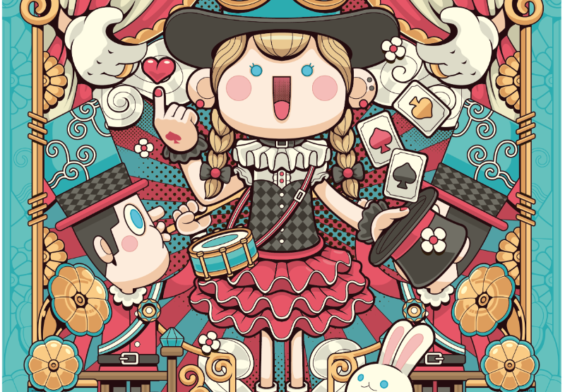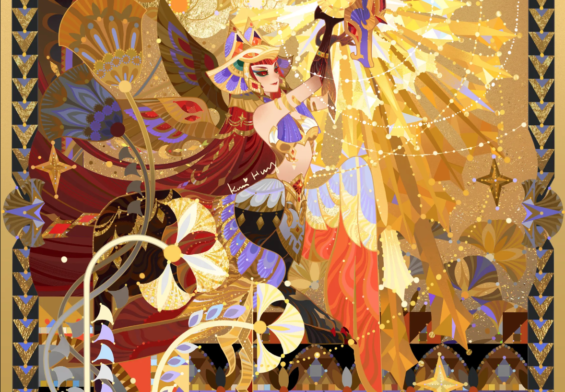By Athena Productions–Visual Development Studio

Artificial Intelligence is not a new concept to society, with the term ‘Artificial Intelligence’ first being coined by John McCarthy in 1956. Since then, AI has seen rapid growth in sectors such as computers, robotics, and medicine. While Artificial Intelligence is not a newcomer to the Video Game or Film industry, the use of AI for art production is.
Over the past couple of years, artists have had to come to terms with this unwelcome addition to their world. The response around its use has been met with anger and fear, and not without reason.
What’s the issue with using Artificial Intelligence for artwork?
It is understandable that those who aren’t in the Video Game, Film, or art industry in general may not understand why people have such strong feelings towards AI being used for art production.
Artificial Intelligence removes the human touch from art creation, and it can be unsettling to see the accuracy and speed that it can mimic certain art styles.
It is important to understand that Artificial Intelligence is not inherently creative, and it cannot create artwork out of thin air – so it must be getting its ‘data’ from somewhere – which begs the question: Have AI development companies been sinking millions of dollars into creating their own copyright-free artwork? The answer is a resounding no.
Instead, artists have found their artwork being scraped from the internet to train these Generative AI models. If you use a prompt such as ‘Create a fantasy castle in the style of XYZ Artist’ it will generate a near identical style and look as that artist.
Generative AI refers to deep-learning models that can generate high-quality text, images, and other content based on the data they were trained on.
IBM – ‘What is generative AI?’
Using Artificial Intelligence to generate art not only raises ethical questions around its sourcing and training, but also copyright issues that are unavoidable. The reality is that you will never own the artwork as it is generated using previously copyrighted material. The original artists have not given consent or received compensation for their art to be used in these training models and so copyright was never transferred to the AI development companies.
How can Third Parties ensure that their process is ‘GenAI free’?
‘A third party can be outside of the main company and may be hired to help create artwork. This could be a freelancer, an outsourcing studio, or even a stock image website.’
Recently, companies have seen widespread backlash when using Generative Artificial Intelligence for artwork whether knowingly or unknowingly. Communities are now actively inspecting and dissecting each image to look for these tell-tale AI signs, and it is up to third parties to prove the process of how they created their artwork to guarantee AI was not used.
Our Creative Director, Ellie Cooper commented on the recent upsurge in GenAI usage:
“Companies are beginning to get nervous as they find that they may not be able to guarantee and trust that third parties aren’t using Generative AI in their process – and rightly so! It’s a big worry for them and something that our clients have spoken to us about, as no-one wants to be accused of using Artificial Intelligence for artwork – both legally and ethically.”
So how do you guarantee that Artificial Intelligence is not being used by your third party vendors? In response to these growing worries, our team at Athena Productions have taken steps to ensure that we can give our clients peace of mind:

Being able to show your process through development sketches can provide clients with a ‘paper-trail’, to prove that no Generative AI has been used. Artwork by our Concept Artist, Hunter Catherwood.
Transparency is Key
A lot of the recent industry issues and responses have been around an unclear process from a third party vendor. If you were asked, ‘What were the steps that your vendor took to create this artwork’ would you be able to show those steps from sketch to final? At Athena, we make our entire process from sketch to final product entirely transparent so that clients can rely on a ‘paper trail’, that proves a human has created their artwork.
Communicate your stance on GenAI usage
It is important to set expectations early on in a project, and making sure to discuss with your vendors that AI cannot be used anywhere in the project in a clear message. Make sure to communicate this in both written and verbal form, as this can also help you legally down the line if needed.
Contracts, Contracts, Contracts
Contracts are used every day between companies and vendors, to ensure that each party understands what they owe the other. It is important that as times change, we keep adapting our contracts to the current landscape. At Athena, our artists contracts disallow the use of Generative Artificial Intelligence in their artwork and ensures that copyright can be transferred with confidence. Clients can also protect themselves, by putting a clause in their own contracts that makes it clear that no Generative AI can be used in the concept art process, or that it requires written permission.
Looking Ahead
Looking ahead, it will become more difficult to identify where Generative AI has been used in an image. Independent artists and outsourcing studios need to be transparent in their processes from sketch to final image, to prove that a human has been used to create the concept artwork. Contracts should also begin to utilize clauses that shut down the use of Generative AI, and any communication around the usage of AI should be clear and cohesive to each party.




